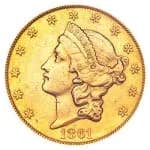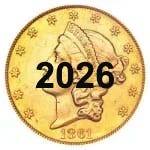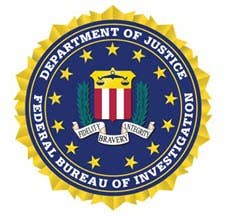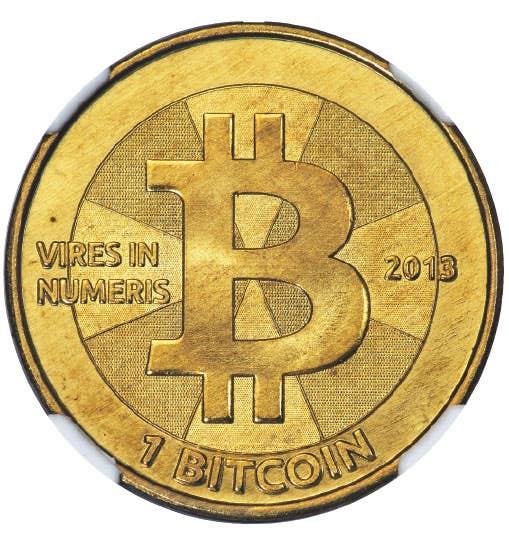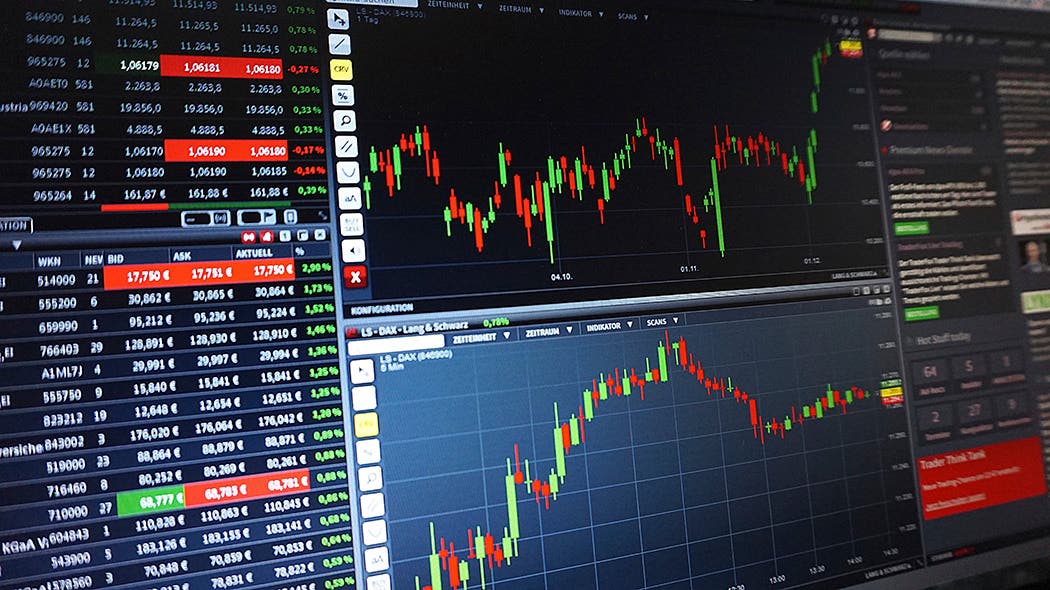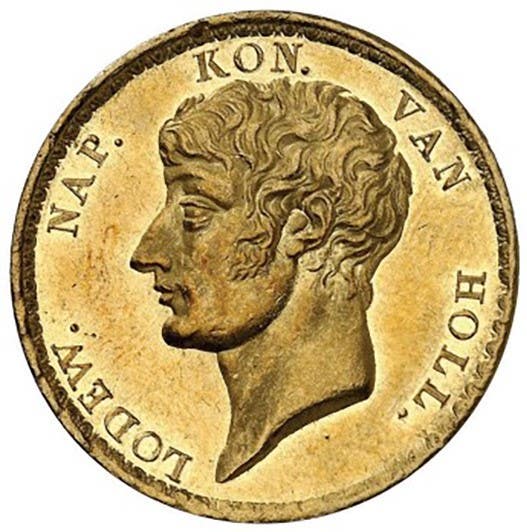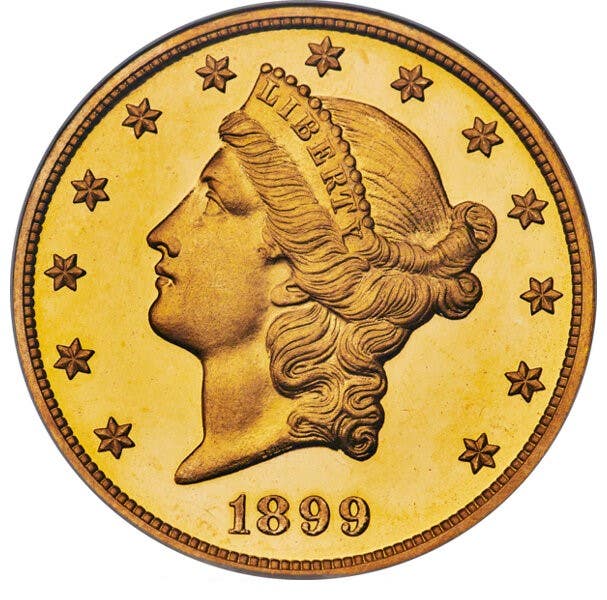Letters to the Editor (January 3, 2017)
Mint’s silver proof set returns after 2015 hiatus I just received my 2016 U.S. Mint Limited Edition Silver Proof Set. I must say that I was really happy with the…
Mint’s silver proof set returns after 2015 hiatus
I just received my 2016 U.S. Mint Limited Edition Silver Proof Set. I must say that I was really happy with the quality of the eight-coin set. I still cannot figure out how the Mint could not have produced the 2015 set. The annual set was first minted in 2012. Just another interrupted Mint series. Many remember the missing 2009 proof American silver Eagle and the missing Burnished 2009 and 2010 American silver Eagle coins. I still question the price of this year’s set, when one can purchase the proof coin for $53.95 and the silver proof coin set for $52.95 from the Mint. Just one collector’s holidays thoughts. Enjoy the season as we look ahead to 2017.
Leo Darmstadter
Vineland, N.J.
Thirty bank rolls of half dollars yield some silver
I am a longtime reader of NN and have enjoyed the many articles throughout the publication. Frankly, some of the coin find stories I read seem too unbelievable to be true. However, I must share one that happened to me this week.
I regularly go to a physical bank location just to ask the teller for any half dollars that she may have received. Normally the answer is no or she will have a few in her coin tray. Every once in a while I will pick up a roll or two and generally all coins are clad Kennedy halves from the ’70s. On occasion I will find a 40 percent silver issue or a modern issue not meant to circulate. I will save each of these examples. I have not seen a 90 percent half in years (thus my amazement at others’ good fortune that I read about). Now to my story.
Earlier this week the local bank manager called me to let me know she received $300 face value of half dollars and asked if I was interested. I said yes, I will take them all. Next morning I drove 15 miles to the bank (I live out in the countryside). I exchanged $300 for the 30 rolls of halves. When I got home to look through them I of course expected the majority to be clad Kennedys but was hopeful of finding a few silvers. Jackpot!
Inside was:
1 Mexican 1971 peso (worthless)
1 Mexican 1955 20 centavos (worthless)
3 clad Kennedy halves
22 Kennedy 40 percent silvers
32 Kennedy 90 percent silvers
236 Franklin 90 percent silvers
305 “W” Liberty 90 percent silvers
Even though these coins appear to have been stored in tin cans and show some water staining and dark toning, they are still worth their silver. I plan to save the first five coins plus a few examples of the four silver types to create a coin finds display at our next club meeting. I will sell the remaining 580 silver coins for approximately $3,000. Not a bad return for a $300 investment!
John Kolos
Address withheld
Tips make for safe, effective date searches
Collecting should be fun, and that’s exactly what those readers of yours are having who are venturing into the “no-date” Buffalo nickel search. I really enjoy the letters that extol the fun and excitement that is generated by taking a worn, no-date nickel and seeing what lies beneath the surface in the date area. Love it!
I’d like to offer a few suggestions and a caveat for those who are currently or intend to jump into this area:
• It is extremely important to do your “etching” work in a well-ventilated are, as the unseen fumes emitted by the process are quite toxic and it is not healthy to breath them in. A back porch or open deck is a good place to do this (weather permitting, of course).
• You might want to consider treating the entire coin instead of just the date area. This gives it a less obtrusive look as the whole nickel has a uniform look and not just a specific area (the date).
• It would be wise to use tongs of some sort to extract the coin from the solution. Try to avoid getting the liquid on your hands as much as possible. A small Pyrex bowl is a good receptacle to use.
• Rinse the coin well after immersion.
• Check all the “P” mint coins closely –you may discover a no-date 1916 doubled die obverse in your stash. The key to this discovery is the long feather behind the Indian’s neck that shows doubling on the right side, even on AG and G pieces. If you see this doubling along the length of the feather, you’ve rung the bell! I’m pretty sure the grading companies will identify this variety by that diagnostic alone, so you may want to consider not treating the coin at all and living with the Fair or AG grade that would be assigned, which would make it much more saleable.
• Less visible on low-end coins is the diagnostic die crack leading from the tie above the Indian’s braid into the cheek area on the 1918/7-D Buffalo, but you might want to check closely for this on the “D” mint coins. Also, you’ll have a better chance of uncovering an overdate if the mintmark is the smaller variety used in the teens on this issue.
I hope the above has given you some new perspectives on no-date Buffalo nickel hunting. Now, go out and have fun ...that’s what it’s all about!
Bill Fivaz
Dunwoody, Ga.
Auction firm commissions hinder gold investment
Mr. Heller’s article discussed a number of fears that hold people back from investing in physical gold. He commented that, although there might be other reasons that hold people back from holding physical gold, his list probably included most of them.
One concern that he didn’t touch on but that deserves consideration is the problem of liquidity and the difficulty and costs in selling physical gold for near the price of gold.
This is a legitimate concern. Selling at auction these days isn’t a reasonable move for non-collectibles due to the large and growing commissions that auctioneers charge on both the front and the back end – anywhere from 10-20 percent.
Stocks of public companies are far more liquid. When selling physical gold, the potential loss on sale due only to commissions or the cut for the dealer is significant. This really reduces the interest.
I write as an interested coin collector and am by no means anti-gold. But until it’s possible to buy and sell via some sort of trusted clearing house with smaller commissions – a sort of stock market equivalent – this will be a continuing significant problem.
But keep writing and suggesting. Thanks.
John R. Nay
Address withheld
This article was originally printed in Numismatic News. >> Subscribe today.
More Collecting Resources
• Keep up to date on prices for Canada, United States and Mexico coinage with the 2016 North American Coins & Prices guide.
• Purchase your copy of The Essential Guide to Investing in Precious Metals today to get started on making all the right investing decisions.

